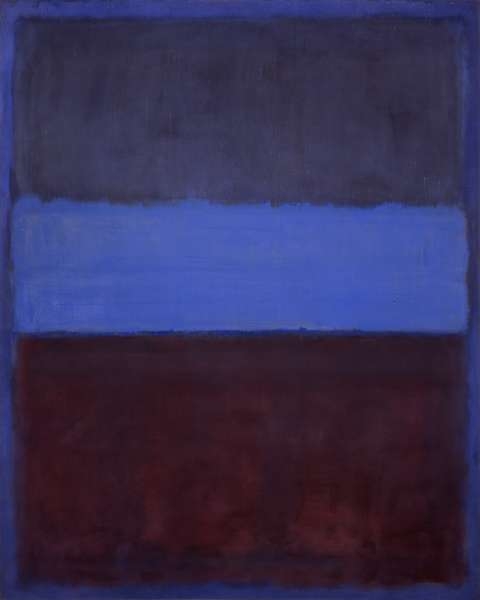According to Sally Banes, Post-Modern dance refers to a group of choreographers in the 60s and 70s who sought to upend traditional dance forms like ballet and ask questions about the nature of dance as an artform. Some questioned whether dance required musical accompaniment : others questioned whether dance had to convey meaning and narrative: and still others questioned what was and was not dance, breaking down the barriers between choreographed movement on a stage and pedestrian movement on a street. Coming out of this strain of thought was the Analytic Post-Modern Dance movement of the 70s, which stripped elaborate costumes for everyday attire. The plain aesthetics of analytic post-modern dance marked a focus on pure movement as opposed to using dance to convey thoughts or stories about something else, an emphasis that requires the viewer to focus on the minute details of the dancers’ movements.
Ariella mentioned the political/social connotations of Steve Paxton and how dancers in Contact Improvisation had to trust and support each other, but I think it would be better to focus on how Contact Improvisation forces each dancer to be intimately aware of the other dancers’ bodies and their movements, since this connects Contact Improvisation with Analytic Post-Modern Dance in general. Obviously all dance requires its participants to know their performance well, but improvisation prevents performers from “autopiloting” movements they’ve rehearsed, forcing them to pay close attention to the performance as they perform it. By requiring its performers to be intimate with their movements, Contact Improvisation joins the tradition of analytic post modern dance in making us look deeply at every motion of a dancer.
Trisha Brown’s work also deals with the concept of forcing oneself to look deeply at each and every motion in a dance. In “Accumulation”, this is accomplished through the use of repetition and iteration. By structuring the dance so that simple motions are repeated and then added upon, Brown gives the audience a lot of time to think about each little movement before she adds the next one. Each new iteration makes the audience think about how all the little motions in that iteration fit together before they can look at the next motion and how it fits with all the previous ones. Basically, the viewer is forced to look at each motion individually and look at all the motions holistically, giving them deep understanding of the dance on multiple levels once everything is said and done.




